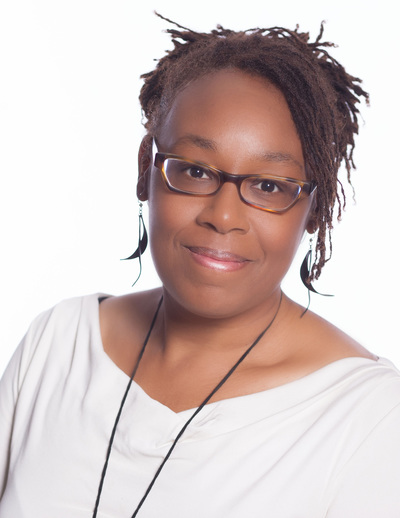“Who lives, who dies, who tells your story?”
—“History Has Its Eyes on You,” a song from the musical Hamilton
On a January evening in 1969, 10 paintings were vandalized at the Metropolitan Museum of Art in New York City, the letter “H” (which presumably stood for Harlem) scratched onto the surface of each canvas. There was no permanent damage to the paintings. The vandalism was committed in protest of the Met’s new exhibition, “Harlem on My Mind: Cultural Capital of Black America, 1900-1968,” and occurred during its exclusive opening gala. The perpetrator was never caught.
I stumbled on this juicy tidbit of a story[1] while doing research for The Harlem Charade. Eureka! I immediately assumed that this unsolved mystery—complete with art, intrigue and more than a little chutzpah—would become the cornerstone of the story. But as I dug deeper, I realized that there was a lot more to this story than vandalism and vengeance.
The “Harlem on My Mind” exhibit was controversial from the very start. Protests against the show sprouted quickly. Community members and artists, including the well-known painters Jacob Lawrence and Romare Bearden, decried what they saw as the museum’s failure to include the input of Harlem residents in the planning of the exhibition. They also criticized the Met’s decision to exclude black painters and sculptors from the exhibit, choosing instead to focus exclusively on photography, which made the show feel more like a sociological study than a fine art exhibition. A flyer in protest of the exhibit proclaimed, “If art represents the very soul of a people, then this rejection of the Black painter and sculptor is the most insidious segregation of all.”[2]
As I read more about “Harlem on My Mind,” it became clear that this conflict wasn’t about art at all. This was a battle—of life and death—over representation and the right to define and tell one’s own story. Rather than accept the Met’s definition of art, and of who they were as artists and what Harlem was as a community, those who initially protested “Harlem on My Mind” put their dissatisfaction to productive use. They built new organizations and institutions, like the Studio Museum in Harlem, and created opportunities, like artist residencies and programs to mentor new curators of color, that nurtured the creativity and careers of artists of color and helped to change the palette of the art world in New York City and beyond.
Who lives, who dies, who tells your story?
The Harlem Charade is set in contemporary Harlem, decades after the “Harlem on My Mind” exhibition took place. However, I wanted to make connections between the Harlem of the 1960s and the Harlem of today, because both periods represent moments of significant change in the neighborhood. Though the issues may have been slightly different (civil rights and poverty in the ’60s, gentrification of the community today), the fundamental question remains the same: Who tells your story, and what story do you want to tell?
As Alex, Jin and Elvin, the three protagonists of the book, go about solving an art mystery of their own they—like those Harlem artists years before them—must grapple with what it means to live in a society where people have very different visions of community and progress, of the truth, of history and the future. In the process, they must also figure out what stories they want to tell, about themselves and their community.
My challenge to readers of The Harlem Charade is to learn more about their own neighborhoods and to ask questions of their families and of our local and national leaders in order to formulate their own ideas about the changes that they’d like to see in their immediate communities and in the world. Stories matter, and the stakes are high. If we don’t tell our stories, we risk being rendered invisible, washed away in the tidal wave of change. I want to inspire young people to not only discover their own stories but also to recognize and activate their power to use these stories to shape the future.
Author photo credit Phill Struggle.
[1] “Paintings Defaced At Metropolitan; One a Rembrandt” by Martin Arnold, The New York Times, January 17, 1969.
[2] "Black Artists and Activism: Harlem on My Mind (1969)" by Bridget R. Cooks, published in American Studies, 48:1 (Spring 2007): 5-40.








